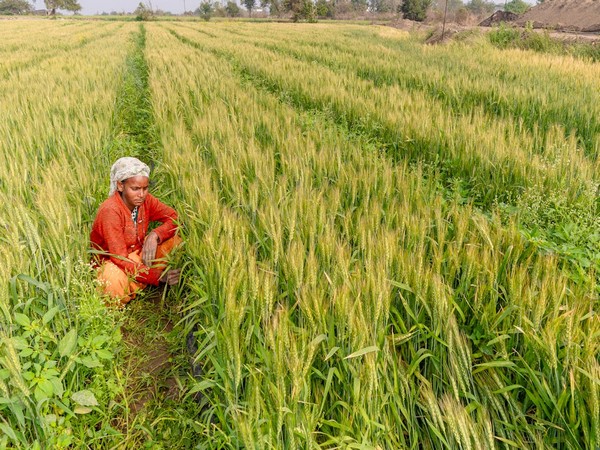
New Delhi: India's Kharif crop sowing has been quite robust this season, with farmers planting crops across 1,108.57 lakh hectares so far, compared to 1,088.25 lakh hectares same period last year, marking a 1.9 per cent year-on-year increase.
This surpasses the average area under cultivation (or normal area of 1,096 lakh hectares) for the period from 2018-19 to 2022-23.
Commodity-wise, the sowing of paddy, pulses, oilseeds, millets, and sugarcane has increased year-on-year, while sowing for cotton and jute/mesta continue to remain lower.
As paddy farmers brought 2.5 per cent more area under coverage, the government which had put several restrictions on exports of rice, has eased some of them. The government removed minimum export price on basmati rice, allowed export of non-basmati white rice but subject to a minimum export price of USD 490 per tonne, and it halved export duty on parboiled rice to 10 per cent.
Data showed that within the pulse basket, aside from urad bean, crops such as arhar, moong, kulthi, and moth bean have seen positive growth.
India is a major consumer and producer of pulses, supplementing its domestic consumption with imports. The primary pulses consumed in India include chana, masur, urad, kabuli chana, and tur. The government has been strongly promoting the cultivation of pulses.
In the 2023 Kharif season, the total area under cultivation across the country was 1,107.15 lakh hectares. The normal Kharif area between 2018-19 and 2022-23 is 1,096 lakh hectares.
India has three cropping seasons: Summer, Kharif, and Rabi. Kharif crops, sown during June-July and dependent on monsoon rains, are harvested in October-November. Rabi crops, sown in October-November, are harvested from January, depending on their maturity. Summer crops are produced between the Rabi and Kharif seasons.
Traditionally, Indian agriculture, especially the Kharif season, is heavily reliant on monsoon rainfall.
Rainfall over India as a whole during the 2024 southwest monsoon season (June-September) was 108 per cent of long period average (LPA), against weather forecast bureau IMD's prediction of 106 per cent.
Above-normal monsoon rains helped farmers sow more crops this Kharif season and it bodes well for agriculture. It is likely to improve the agriculture sector's gross value added (GVA).